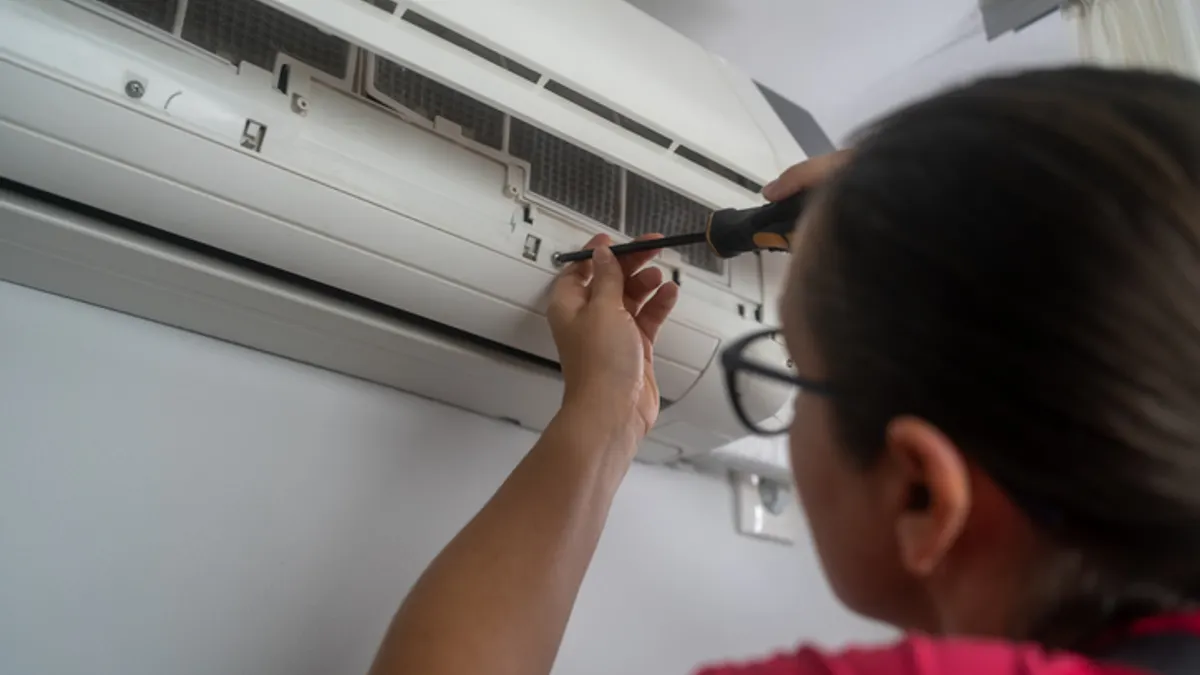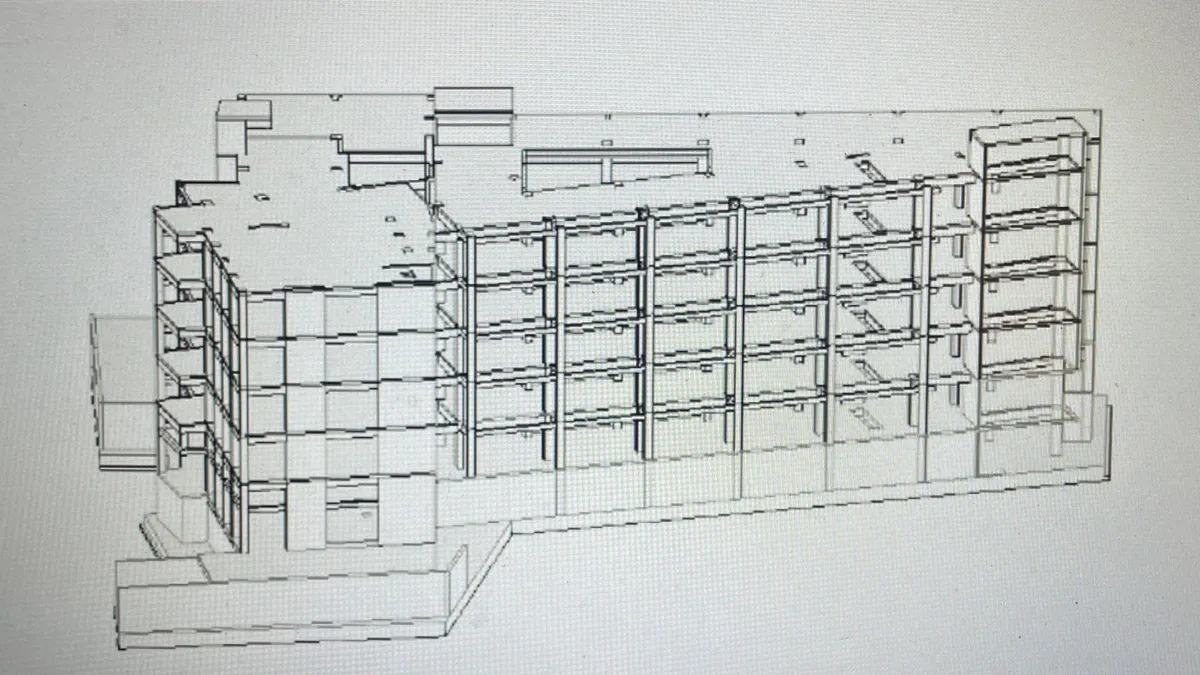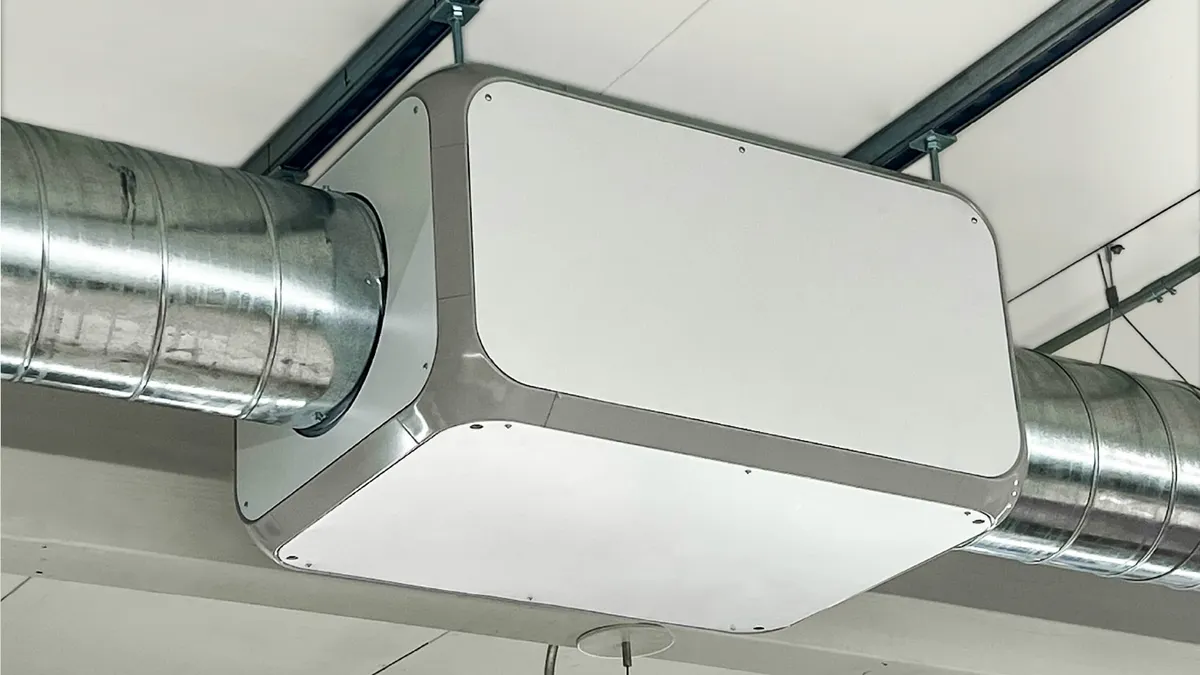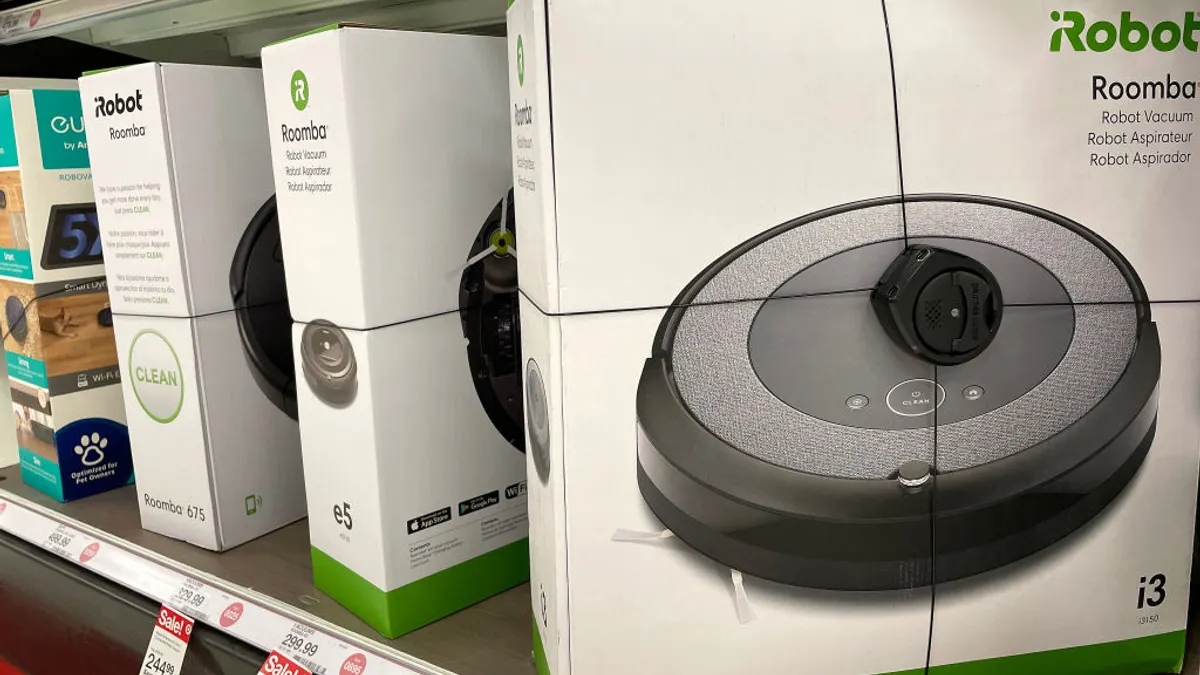Increasing demands for uninterrupted, resilient and clean power supplies have driven the growth of building-level renewable energy and microgrid technology.
“Electrical distribution in our world, for the last 100 or so years, [has] been the same,” Rohan Kelkar, executive vice president of global power products at Schneider Electric, said in an interview. “It was produced in one place in large quantities … and then it was consumed in different places. … Nothing really fundamentally changed until the last 10 or so years, when renewables, and now solar, have really come into the picture in an economical way.”
Solar power has provided a zero-emissions energy source not just for utilities. For facilities, smaller solar arrays on rooftops and other spaces can reduce the building’s carbon footprint, generate income and provide resiliency. Kelkar says these technologies taking off at scale have changed the energy dynamic: Facilities can now produce and consume energy at the same place. They can also combine renewable power generation with energy storage and other technologies to form a microgrid.
“From a resiliency perspective, [microgrids] offer you a second source of energy that, designed the right way, can provide very efficient [energy] backup for reasonably long periods of time,” Kelkar said. Microgrids can provide both opportunities and challenges, he adds. Organizations generating energy on-site “want to put the power back on the grid. So, the technological advances in grid management [have] become a challenge. But really, the opportunity here is better resiliency if you design this infrastructure correctly.”
Gail Fredrickson, vice president of domestic sales at ASCO Power Technologies, says that growing stress on the larger centralized grid is prompting more organizations to boost their resiliency by reducing their reliance on the grid.
“When these big power events hit, like these big storms, the grid is taking longer and longer to rebound. So, [businesses] are trying to figure out what alternatives to invest in to make sure that they can not be on the grid when the event hits,” Fredrickson said in an interview. This is crucial for certain types of facilities, such as those used for healthcare, Fredrickson added.
Even if a facility has the methods to generate and store electricity, it needs a way to switch to its backup energy to be able to use it. That’s where power transfer switches come into play. A power transfer switch acts as a “railroad switch” of sorts to divert a facility’s power source from the utility to a microgrid.
“If [buildings] put in a microgrid [and] a battery energy storage system, that's great. But what you don't realize is that if they lose utility [power], that capacity gets stranded out there in their batteries,” Fredrickson said. “They need a way to access it, and that's where ASCO is starting to come in.”
Founded in 1888 as a controls company focused on elevators, generators, pumps and compressors, ASCO developed the first commercially available automatic transfer switch in 1920 and grew to specialize in power transfer switches. Schneider Electric acquired the business unit from Vertiv for $1.25 billion in 2017.
Fredrickson said ASCO is releasing a new isolation switch, called SourcePacT, that will allow buildings to have their “normal” transfer switch between the utility and a generator along with the option of an alternative switch to transfer to battery power.
“They're now relying on multiple sources before the storm comes,” she said. By having these systems and a plan in place, a facility can identify when severe weather events are going to occur and go on emergency power in advance, avoiding the possibility of being affected by a grid failure altogether.
While healthcare is a key industry where resiliency is important, Fredrickson noted an increasing demand for these switches and the resiliency they can provide across all sectors, particularly data centers.
“[They] not only need to be resilient because we've all become so dependent on their data and what they can do for us, but [they] also soak up a huge amount of power,” Fredrickson said. “They are investing in alternative sources for their power so that they don't put as much of a strain on the grid.”
Correction: A previous version of this story misidentified ASCO Power Technologies’ new isolation switch. The product is named Source PacT.”




















